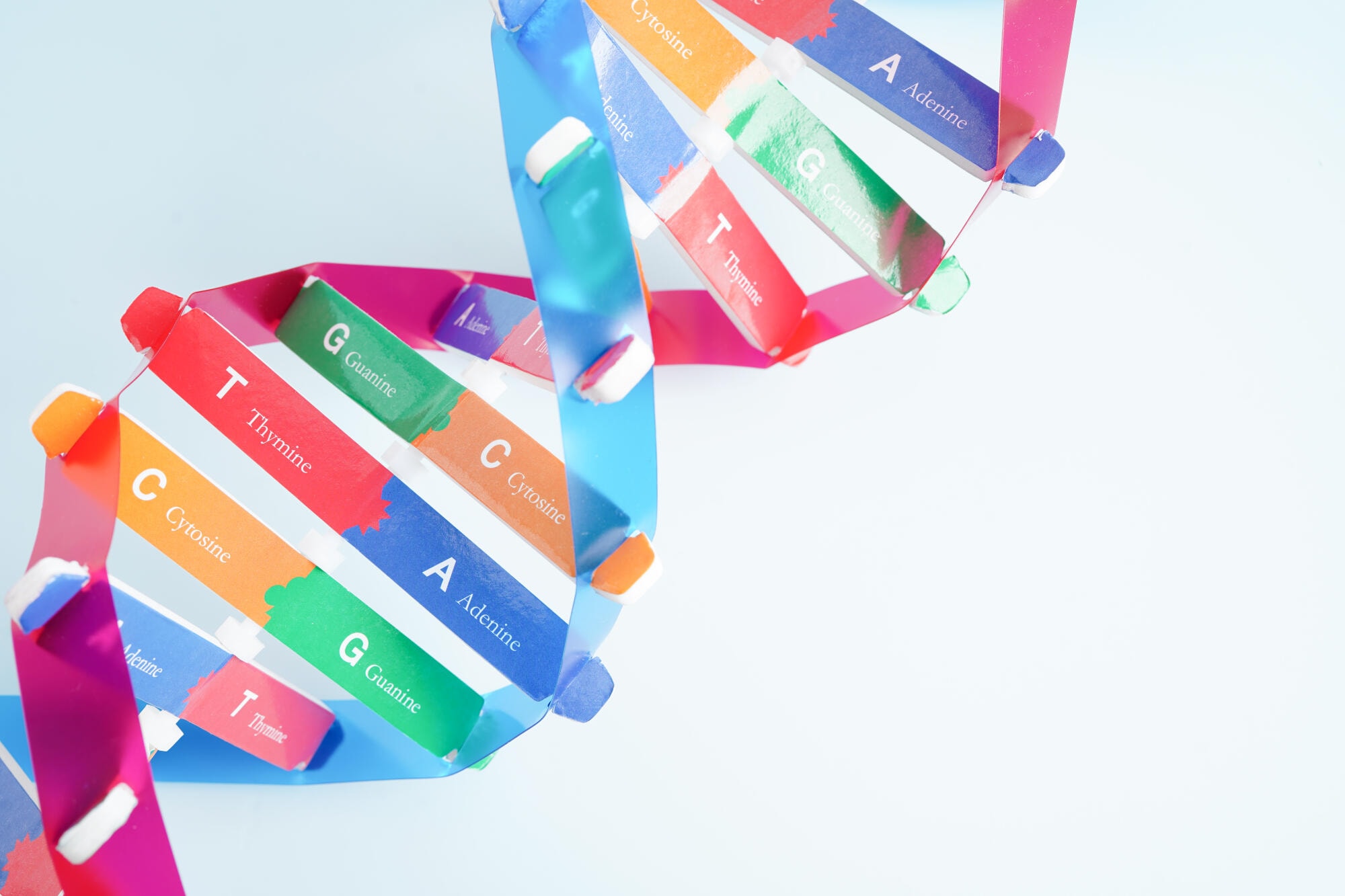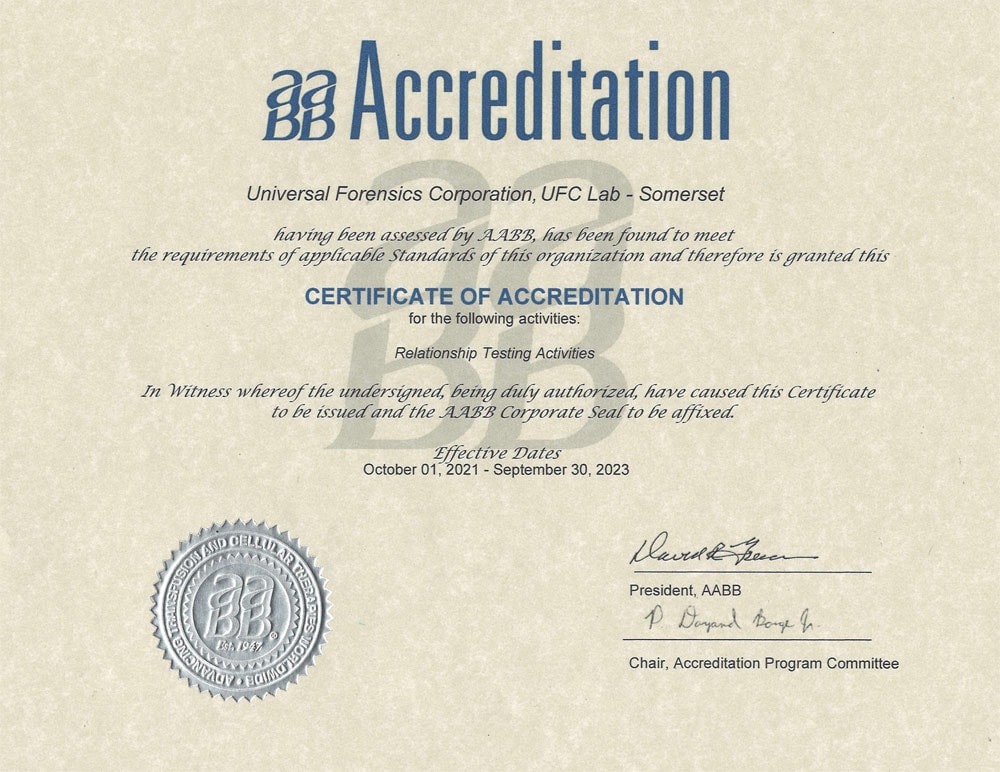What to Expect When Taking an At-Home Sibling DNA Test

According to YouGov.com, 21% of Americans have taken a DNA test. And even more – 27% – have family members who have taken them.
With the growing popularity of genetic testing, many are turning to these tests to confirm biological relationships. But what should you expect from the process?
Today, we’re taking a closer look into how an at-home sibling DNA test works, the steps involved, and how to interpret the results.
Understanding the Basics of an At-Home Sibling DNA Testing
When you’re considering an at-home sibling DNA test, it’s essential to understand what it involves and how it differs from other tests. Sibling DNA tests focus on determining the biological relationship between two or more individuals, specifically whether they share one or both parents.
Unlike paternity or maternity tests, which directly compare a child’s DNA to that of a parent, sibling tests compare the genetic markers of the individuals being tested.
One key reason people choose sibling DNA testing is when a parent is unavailable for testing. It can help confirm whether individuals share one parent, both parents, or neither. The test can also be used to explore family connections, whether for personal reasons or legal purposes.
These tests are designed to provide insights into your genetic relationships, but they may not be as straightforward as paternity tests. The results can sometimes be less conclusive, depending on the complexity of the genetic relationships being examined.
The Genetic Testing Process
When you decide to take an at-home sibling DNA test, it’s important to know what the process looks like.
The Major Steps:
The first step is ordering the home DNA kit, which usually arrives with clear instructions. The kit will include swabs for collecting DNA samples, usually from the inside of the cheek. You’ll need to carefully follow the instructions to avoid any contamination or errors in the sample collection.
Once you’ve collected the samples, you’ll send them back to the lab in the provided packaging.
The lab will then analyze the DNA and compare the genetic markers between the individuals tested. This comparison helps determine the likelihood of a biological relationship. The process is straightforward, but it requires attention to detail to ensure the accuracy of the results.
The time it takes to get your results can vary depending on the lab. Usually, it takes a few weeks, but some labs offer faster processing times for an additional fee.
During this waiting period, it’s normal to feel anxious about the results. Knowing what to expect from the process can help ease any concerns and ensure you’re prepared for the outcome.
What to Expect During the Waiting Period
After you’ve sent off your DNA samples, the waiting period begins. This time can feel long, especially if you’re anxious about the results.
Most labs take a few weeks to process the samples and provide results, though some offer faster options if you’re willing to pay extra. During this period, it’s common to have questions or concerns, but understanding the process can help ease some of the uncertainty.
You may wonder what’s happening in the lab while you wait. The samples are being analyzed, and the DNA is being compared to determine the relationship between the individuals tested. Knowing that the lab is working through these steps can help you feel more at ease.
Results Interpretation: Understanding Your DNA Test Results
Once you receive your results from the at-home sibling DNA test, it’s time to interpret what they mean. The results will usually indicate the likelihood of a biological relationship between the individuals tested. It can be expressed in terms of full siblings, half-siblings, or no biological relationship at all.
When the test indicates that two people are full siblings, it means they likely share both parents. The test looks at specific genetic markers to determine this relationship.
The more markers that match, the higher the probability that the individuals are full siblings. But no test can provide 100% certainty, so the results will always include a percentage of probability.
If the test shows a half-sibling relationship, it indicates that the individuals share one parent. The result is also determined by comparing genetic markers, but fewer matches are expected compared to full siblings. Again, the test will provide a probability percentage rather than a definitive answer.
In some cases, the results may show that there is no biological relationship between the individuals. It can be difficult to accept, especially if the expectation was different. It’s important to remember that DNA tests can reveal surprising information, and the results should be considered carefully.
Factors Affecting DNA Test Accuracy
The accuracy of an at-home sibling DNA test can be influenced by several factors. While these tests are generally reliable, understanding the elements that can impact the results will help you manage your expectations.
First, the quality of the DNA samples is critical. Proper collection and handling of the samples ensure that the DNA remains uncontaminated. If the instructions aren’t followed closely, the results could be less accurate. For example, eating or drinking before collecting a sample can affect the outcome.
Another factor is the number of genetic markers tested. More markers provide a clearer picture of the relationship between individuals. Tests that analyze a higher number of markers are typically more accurate. However, fewer markers might lead to less conclusive results, which can be frustrating.
And the reputation of the testing company matters. Choosing a reputable company with a track record of accurate results is important.
Not all testing companies offer the same level of quality, so researching your options before purchasing a kit can make a difference in the outcome.
Dealing With a Sibling Relationship Test
An at-home sibling DNA test can provide valuable insights into your family relationships. The knowledge ensures that your testing experience is as clear and reliable as possible.
ReliaLab Test is a full-service national third-party provider of a variety of testing, including DNA testing. We’re affiliated with numerous labs throughout the U.S., and we have a network of over 10,000 collection sites across the country.
Get in touch today to find out how we can help with your DNA testing needs!








